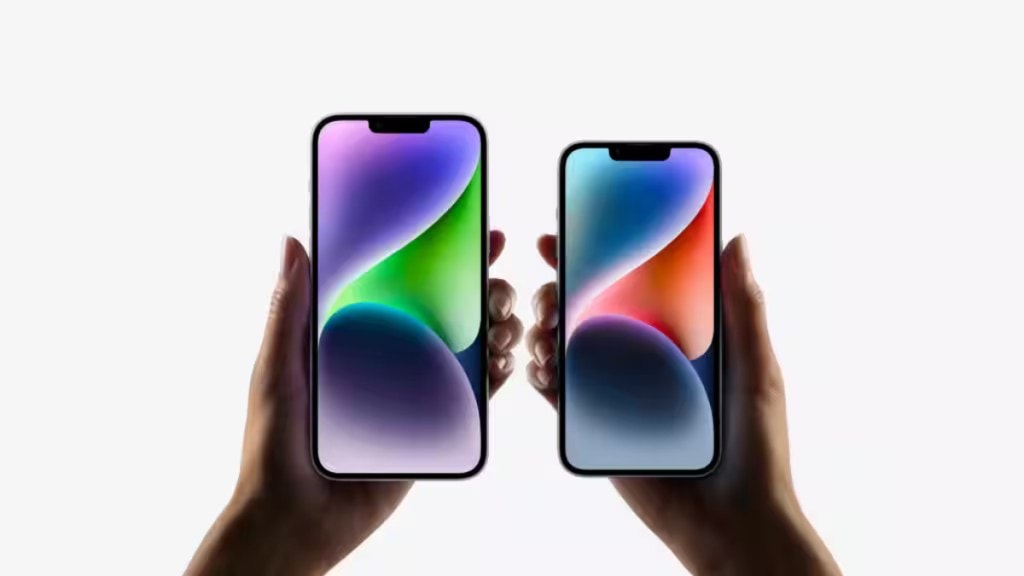The 5% duty cut on imported mobile phones announced in the Budget may not make higher-end products such as the iPhone Pro models cheaper in India than in countries such as Singapore, Japan and Dubai, but the price gap will surely come down, analysts said. The same applies broadly to Samsung’s flip or foldable phones and Google’s Pixel phones.
This, said analysts, is because of a weaker rupee versus the US dollar, higher taxes despite the duty reduction, and the companies concerned preferring to increase channel commissions rather than going for price reduction on a large scale. The higher-end brands of Apple, Samsung or Google are not known to play the price card, but are known for their premium-ness, they said, adding that the demand for high-end premium phones in India is strong.
An iPhone 15 Pro model in India costs `134,900, the same costs `100,000 for users in Singapore. The gap in terms of pricing with other countries is about `40,000-50,000.
Even if Apple decides to pass on the benefit of duty reduction to consumers, the same will lead to a gap reduction of `5,000-`6,000 and not higher, analysts said, adding that it is unlikely that the brand will go for price reduction as the demand for premium iPhones in India is strong.
Further, affordable EMI schemes have made its purchase convenient for users.
“It is difficult to predict Apple’s strategy. If the benefit is passed on to end-consumers, the impact will not be too much as the premium segment is already growing. Another opportunity which Apple can explore is to pass on the benefits to its channel, improve their commissions and push more sales,” said Navkender Singh, associate vice-president at IDC India.
Currently, 99% of the phones are made in India. The remaining are premium or ultra-premium models for which the brands are yet to get that scale, cost benefit, and component ecosystem in the country.
Besides iPhones, brands such as Samsung import its high-end products like flip or foldable phones, and Google imports Pixel phones in India.
“The pricing of imported iPhones or other smartphones is not only dependent on customs duty, but an 18% GST and currency fluctuations make it expensive compared with other markets. Notably, for brands, the operational cost in India is still on a higher side due to rising channel diversification investment, component cost and INR devaluation,” said Sanyam Chaurasia, senior research analyst at Canalys.
While Chaurasia sees less chances of Apple reducing iPhone prices, for foldable and flip phones he expects the pricing to be reduced by 5-8% as the Android brands are entering this segment and aiming to gain early advantage in the Indian market.
According to Neil Shah of Counterpoint Research, almost 10-12% of the Apple iPhones are imported each year into India and a 5% reduction in tax on the devices will result in a $35-50 million (up to `420 crore) annual benefit to Apple.
Even as a direct reduction in retail pricing of smartphones by brands like Apple seems difficult, analysts see this can be done in the form of one-time promotional offers during festival season.
“Apple has been doing good in the Indian market and the sentiment is positive. We do not see any business urgency to pass this benefit to end users. However, Apple could direct the benefits towards expansion in India,” said Faisal Kawoosa, chief analyst at Techarc.
According to Kawoosa, brands like Honor can take advantage of the import duty cut and pass on the benefits to consumers and give incentive to retailers to gain market share.








